In the vast, unforgiving expanse of the desert, where the sun scorches the earth and water is a distant memory, there exists a botanical marvel that defies all odds—the Desert Rose. Known scientifically as Adenium obesum, this resilient plant has captivated botanists, travelers, and storytellers alike with its ability to thrive in some of the harshest conditions on Earth. Its gnarled, seemingly lifeless trunk hides a secret: an extraordinary capacity for rebirth and blooming beauty when conditions allow. This is the miracle of the Desert Rose—a testament to life’s tenacity in the face of adversity.
The Desert Rose is not just a plant; it is a symbol. To the untrained eye, its thick, swollen stem—often resembling a twisted, dried-out piece of driftwood—suggests little more than a relic of a bygone era. Yet, beneath this rugged exterior lies a reservoir of life. The plant’s caudex, a specialized water-storing structure, allows it to survive months, even years, without rainfall. When the rains finally come, the Desert Rose undergoes a transformation so dramatic it borders on the magical. Leafless branches suddenly sprout vibrant green foliage, and delicate, trumpet-shaped flowers burst forth in shades of pink, red, and white, as if the desert itself has decided to celebrate.
This phenomenon is not merely a biological curiosity; it carries profound metaphorical weight. The Desert Rose’s ability to endure prolonged droughts and then explode into life when conditions improve resonates deeply with human experiences of resilience and renewal. It reminds us that appearances can be deceiving—that what seems barren or lifeless may simply be waiting for the right moment to reveal its hidden vitality. Cultures across the Middle East and Africa, where the plant is native, have long revered it as a symbol of endurance and hope. In some traditions, it is even believed to bring good fortune to those who cultivate it.
From a scientific standpoint, the Desert Rose’s adaptations are nothing short of extraordinary. Its thick, waxy leaves minimize water loss, while its deep root system taps into hidden groundwater reserves. The plant’s ability to enter a state of dormancy during droughts—shedding leaves and slowing metabolic processes to a near standstill—allows it to conserve energy until more favorable conditions return. When rain does arrive, the Desert Rose can rehydrate rapidly, channeling every precious drop into growth and reproduction. This combination of traits makes it one of the hardiest succulents on the planet, capable of surviving in environments where few other plants can.
Yet, the Desert Rose’s story is not without its challenges. Despite its resilience, the plant faces threats from habitat loss, overharvesting, and climate change. In some regions, it is collected for the ornamental plant trade, prized for its striking appearance and sculptural form. Conservation efforts are underway to protect wild populations, but the Desert Rose’s future remains uncertain. Its plight serves as a reminder that even the most resilient species are not immune to the pressures of human activity.
For those who have witnessed the Desert Rose in bloom, the experience is unforgettable. Against a backdrop of endless sand and rock, its flowers seem almost surreal—a splash of color in a monochrome landscape. The contrast between its desiccated trunk and lush blooms is a powerful visual metaphor for the unexpected beauty that can emerge from hardship. It is no wonder that photographers, artists, and writers have long been drawn to this enigmatic plant, seeking to capture its essence in their work.
Beyond its aesthetic appeal, the Desert Rose has practical uses as well. In traditional medicine, extracts from its roots and leaves have been used to treat ailments ranging from skin infections to digestive issues. However, caution is advised—the plant contains toxic compounds that can be harmful if ingested improperly. Modern science is now exploring its potential pharmaceutical applications, particularly in the development of anti-inflammatory and antimicrobial agents. This intersection of traditional knowledge and contemporary research highlights the plant’s enduring relevance.
Perhaps the most enduring lesson of the Desert Rose is its quiet defiance of expectations. In a world that often equates beauty with fragility, this plant stands as a counterpoint—a reminder that strength and splendor can coexist. Its story encourages us to look beyond surface appearances, to recognize the potential for renewal even in the most unlikely places. Whether encountered in the wild or cultivated in a garden, the Desert Rose invites us to reflect on our own capacities for resilience and transformation.
As climate change alters ecosystems and challenges species worldwide, the Desert Rose’s ability to adapt may hold clues for the future. Studying its mechanisms of survival could inform efforts to cultivate drought-resistant crops or restore degraded landscapes. In this sense, the plant is more than a symbol—it is a potential ally in the fight against environmental degradation. Its very existence challenges us to rethink our relationship with the natural world and to find inspiration in its most unexpected corners.
In the end, the Desert Rose is a living paradox—a plant that appears dead yet teems with life, a delicate flower that thrives in brutality, a silent teacher whose lessons resonate across cultures and disciplines. Its story is one of patience, adaptation, and the quiet power of waiting for the right moment. In a fast-paced world that often values immediacy over endurance, the Desert Rose stands as a testament to the beauty of slow, deliberate resilience. It reminds us that sometimes, the most profound transformations begin with the simple act of holding on.

By /May 21, 2025

By /May 21, 2025
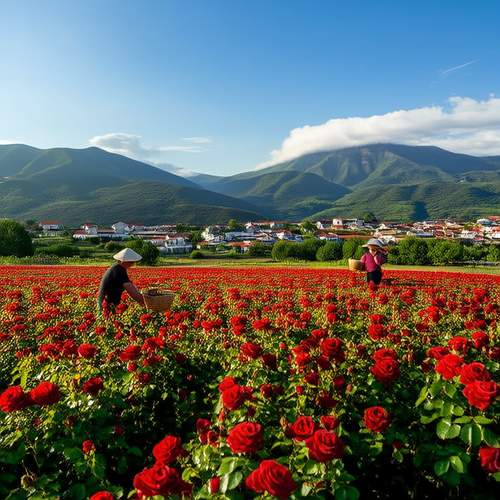
By /May 21, 2025
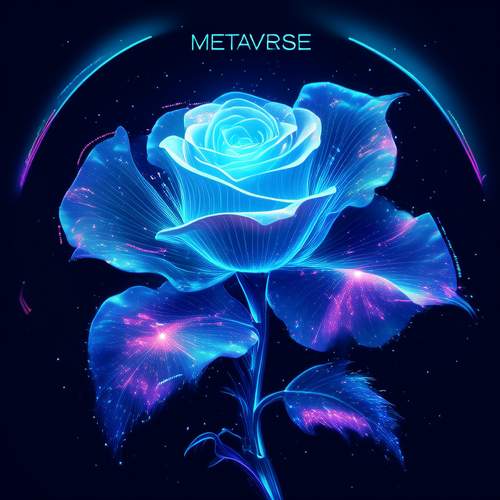
By /May 21, 2025

By /May 21, 2025
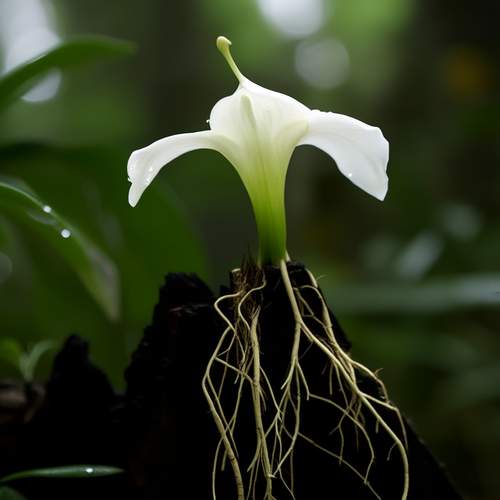
By /May 21, 2025
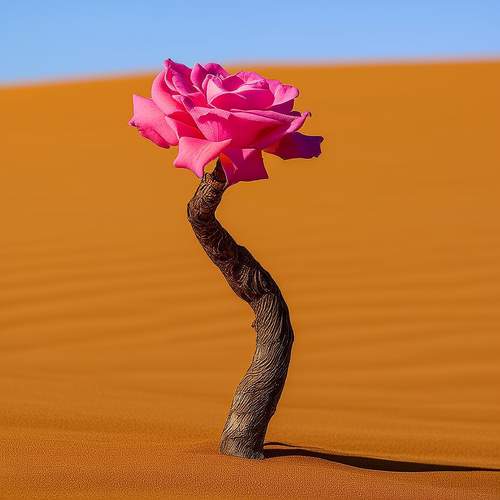
By /May 21, 2025
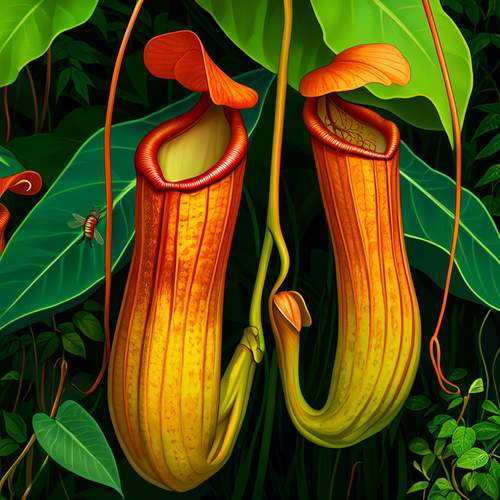
By /May 21, 2025
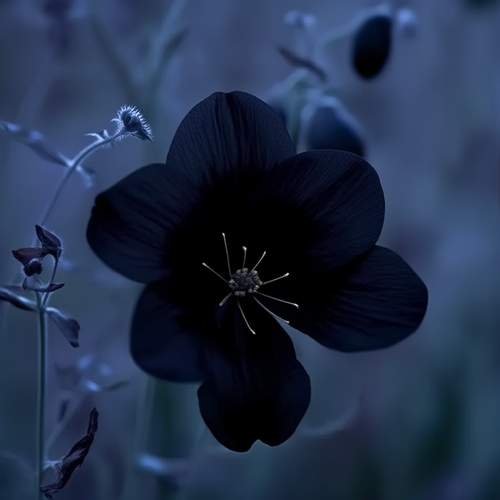
By /May 21, 2025

By /May 21, 2025

By /May 21, 2025

By /May 21, 2025

By /May 21, 2025

By /May 21, 2025

By /May 21, 2025

By /May 21, 2025

By /May 21, 2025

By /May 21, 2025

By /May 21, 2025

By /May 21, 2025